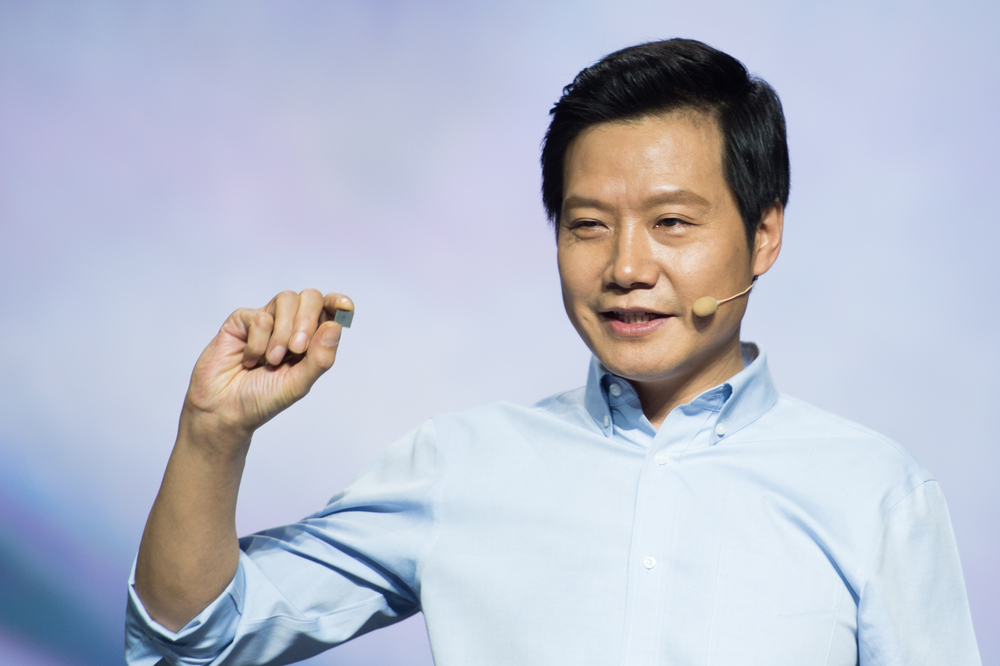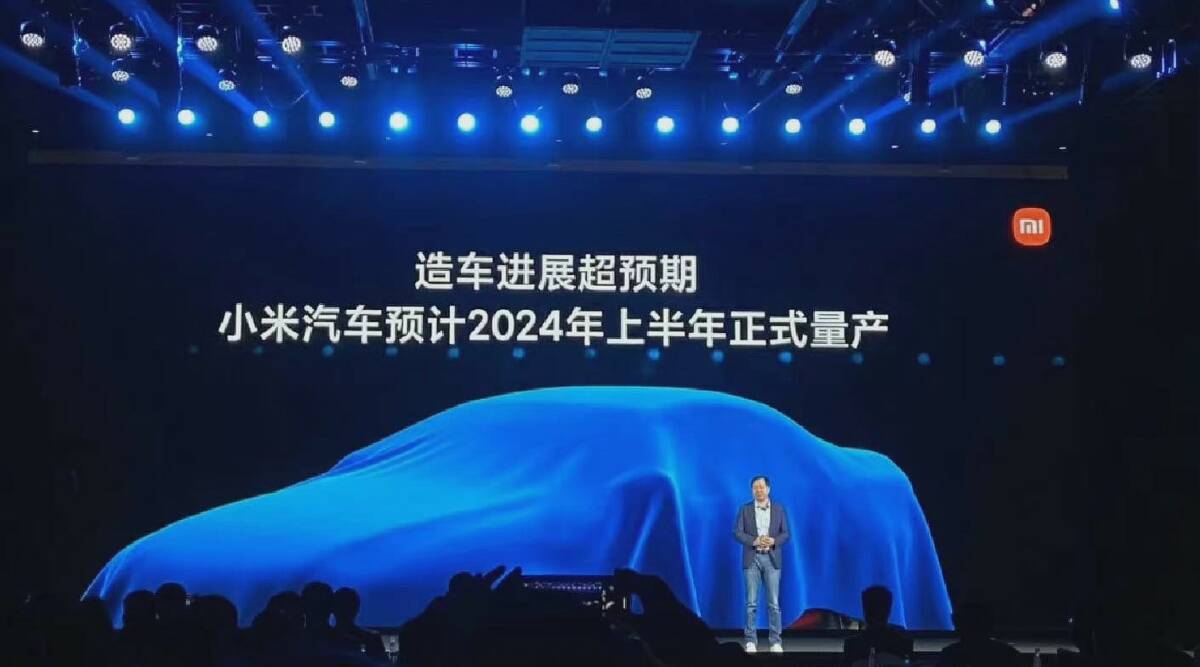Chinese technology company Xiaomi has set a pricing threshold for its inaugural electric vehicle model, announcing a price point above RMB 200,000 (USD 28,100). On January 8, Xiaomi addressed 33 online queries, covering topics such as product technology and market planning. Regarding the price of the SU7, Xiaomi said that “it won’t be RMB 99,000 (USD 13,900), it won’t be RMB 149,000 (USD 20,900), it won’t be RMB 199,000 (USD 27,900),” adding that it’s “indeed a bit expensive but reasonably so.”
During a promotional event for the SU7, Lei Jun, chairman and CEO of Xiaomi, asked in rhetorical fashion if there is “a competitor [selling a comparable car for] under RMB 500,000.” It seems that, by Xiaomi’s definition, “a bit expensive” may well be anything below the RMB 500,000 (USD 70,200) mark, leaving room for speculation.

Amidst Xiaomi’s repeated emphasis on the SU7’s non-low pricing, it seems to be striving to shed its label as a cost-effective brand in the mass market and shape an image of a luxury brand with robust technology. However, the reality is that Xiaomi is currently positioning the SU7 as a C-class electric sedan. In this category, similarly positioned models such as the Xpeng P7i and Zeekr 007 are priced at RMB 223,900 (USD 31,400) and starting from RMB 209,900 (USD 29,500) respectively. If RMB 99,000 seemed like a jest, Xiaomi’s explicit abandonment of the RMB 199,000 price point will have a much more major impact on its reception by the mainstream market.
As a newcomer to the EV scene, Xiaomi seems unwilling to conform to the market trend regarding the pricing of its inaugural model. On one hand, the market envisions Xiaomi’s first car debuting at a low price, becoming the “first car for young people.” On the other hand, Xiaomi’s own positioning of the SU7 as a “high-performance eco-friendly tech sedan” has destined its price not to fall within the typical range of entry-level models.
Given the significant disparity between Xiaomi’s EV ambition and public expectations, how will the company set a price that satisfies both ends and launch a successful debut?
Targeting a price point above RMB 200,000?
During Xiaomi’s launch event, Lei explicitly stated that the SU7’s price would not be below RMB 149,000, citing the need to “respect technology.” Lei’s reference to technology has two implications: high product costs and substantial R&D investment, both serving as reasons for Xiaomi’s refusal to lower prices.
High costs are evident in the SU7’s high-end version, which features a 101 kWh Qilin battery from Contemporary Amperex Technology (CATL) with a range of up to 800 kilometers. Lei said that the cost of the SU7’s battery alone exceeds several hundred thousand RMB, stating, “Cars with batteries like these cost an average of over RMB 400,000 (USD 56,200).”
Moreover, to enhance the safety of lithium-ion batteries, Xiaomi has incorporated 165 pieces of aerogel insulation material on both sides of the battery, resulting in a cooling area four times the industry average.
However, similar to the SU7, the Zeekr 007 also uses CATL’s Qilin battery. Despite this, the highest price for the Zeekr 007 is RMB 299,900 (USD 42,100). If Xiaomi decides to forgo the RMB 199,000 price tag, it implies that the lower-end version of the SU7, equipped with lithium iron phosphate batteries and a 400V platform, will be priced above RMB 200,000.
Another comparable model is the Xpeng P7i 550, starting at RMB 223,900, equipped with a 400V platform, a 64.4 kWh lithium iron phosphate battery, and a range of up to 550 kilometers according to China light-duty vehicle test cycle (CLTC) standards.
In contrast, the Zeekr 007, which was launched the day before Xiaomi’s event, seems more attractive. Not only is it equipped with an 800V platform across all models, but it also features an 800V lithium iron phosphate fast-charging battery, offering a comprehensive range starting from 616 kilometers. Although the Zeekr 007 is superior to the Xiaomi SU7 in terms of platform and battery specifications, its lowest price is RMB 209,900. Xiaomi voluntarily abandoning the RMB 199,000 price point was therefore unexpected.
Confronting the price war among automakers
An extended period of market observation has provided Xiaomi ample time to prepare for the SU7’s final pricing. However, the repeated emphasis on the vehicle not being cheap has limited the flexibility in pricing the SU7. The attribute of “not being cheap” has, to some extent, robbed the SU7 of the potential advantage of being “inexpensive.”
For consumers to willingly choose the SU7 over numerous competing models, Xiaomi must therefore demonstrate how it embodies “quality.”
Higher rotation speeds bring more powerful dynamics to the vehicle. The Xiaomi SU7 will be equipped with HyperEngine V6 and V6s motors, boasting a rotation speed of 21,000 revolutions per minute. The V6s has a horsepower of 374 PS, a peak power of 275 kilowatts, and a power density of 6.78 kilowatts per kilogram (kW/kg), surpassing Tesla’s Model S Plaid and Porsche’s Taycan Turbo. Additionally, the high-end version of the Xiaomi SU7 boasts a range of up to 800 kilometers, while the 702 version of the Xpeng P7i offers a range of 702 kilometers.
The extended range of the Xiaomi SU7 is partly due to its low drag coefficient (0.195Cd), reducing air resistance and indirectly prolonging battery life. Another factor is the cell-to-body (CTB) integrated battery design, allowing the incorporation of more battery cells. However, high R&D investment does not directly translate into sales. Low prices have become the “sales code” in today’s new energy vehicle market, with almost every automaker trying to become the “cost-effective killer” that Xiaomi rejects, attracting market attention with lower product prices.
Apart from Xpeng P7i and Zeekr 007, which perform well in various aspects with a starting price of around RMB 200,000, even BYD, which sold over 3 million new energy vehicles in 2023, has intensified its price reduction efforts. A document obtained by PowerOn shows that a BYD dealership in Hunan reduced the price of the BYD Qin Plus from RMB 99,800 (USD 14,000) to RMB 68,800 (USD 9,600), after including license plates, vehicle purchase tax, and a car purchase gift package.
Xiaomi has high hopes for the SU7, expecting its exterior design to be relatively timeless and investing over RMB 10 billion (USD 1.4 billion) in R&D costs alone. However, the relentless appearance of new low-priced models is only exacerbating the price war among automakers. This is turning out to be a dilemma for Xiaomi’s car division. It could lower the SU7’s price and leverage its massive user base to drive sales, making it easier to fulfill its goal of selling a million cars in three years. However, maintaining the “a bit expensive” pricing, despite the SU7’s notable features, may struggle to attract consumers compared to competitors offering models with similar specifications at lower prices.
There is still time for Xiaomi to ponder how it can balance costs and prices to achieve a successful debut. Yet, finding an answer won’t be straightforward as it entails Xiaomi either sticking to its principles or compromising with the market. Whichever answer Xiaomi chooses will be known in due course.
KrASIA Connection features translated and adapted content that was originally published by 36Kr. This article was written by Tian Zhe for 36Kr.

